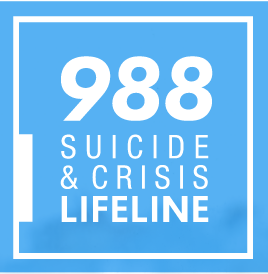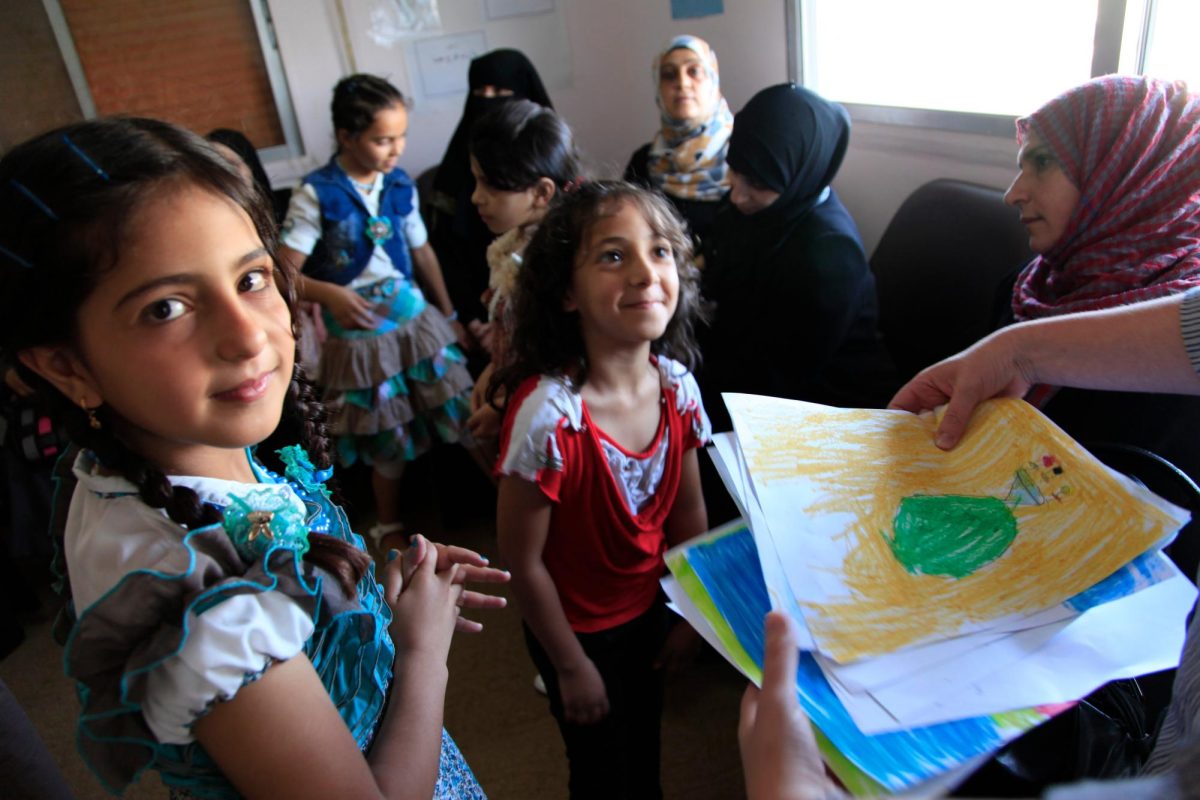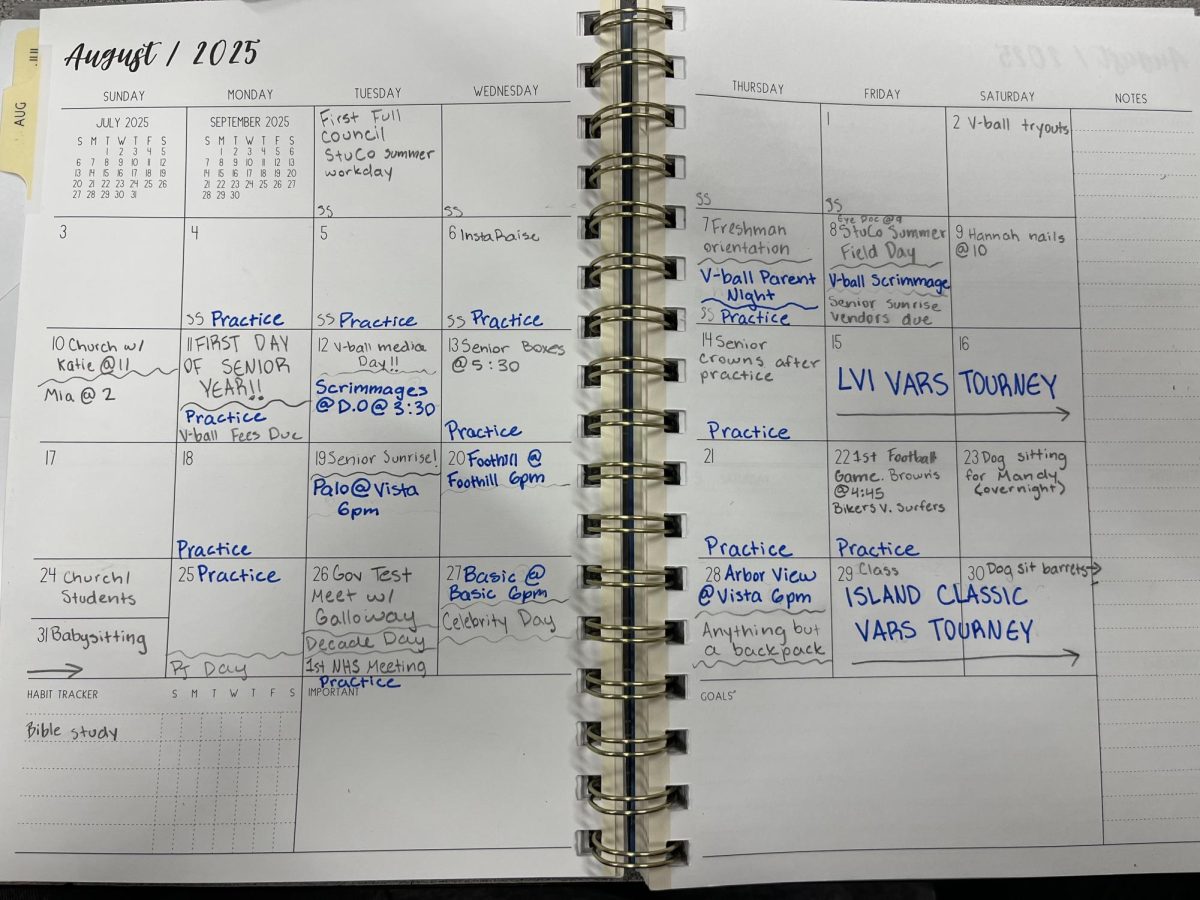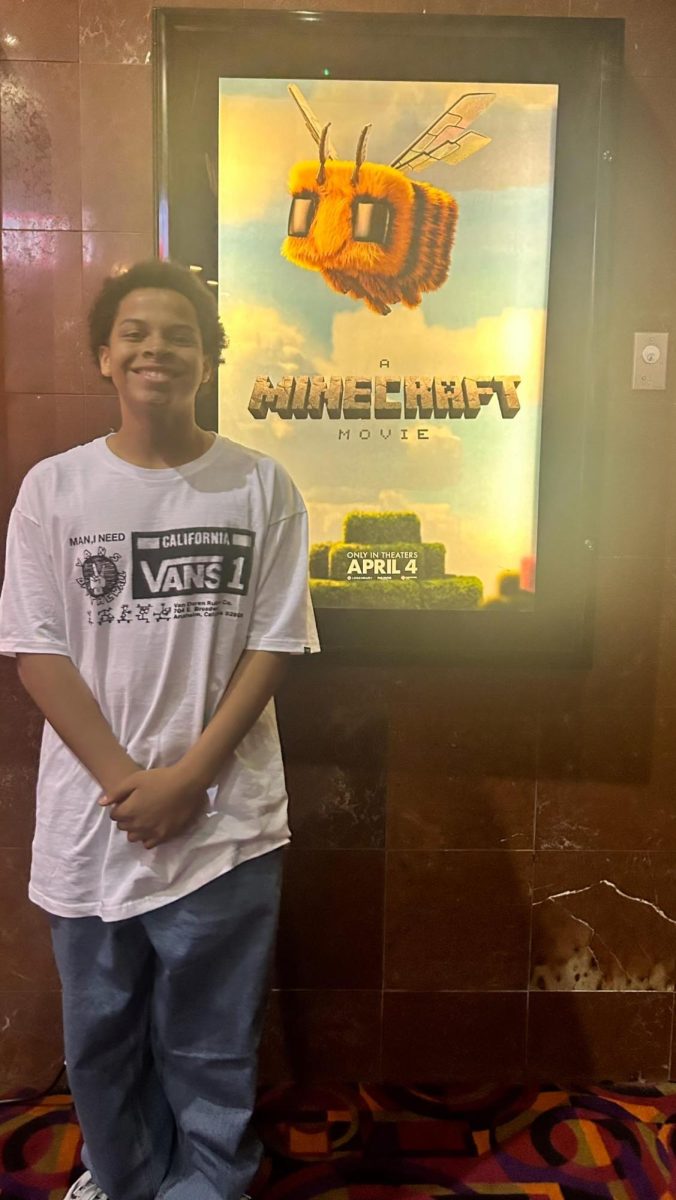Mental Health: The Next Pandemic

On July 16, 2022, the United States Department of Health and Human Services updated the national suicide and crisis lifeline to 988, an “easy-to-remember,” three-digit number, available 24 hours for both English and Spanish speakers.
March 3, 2023
Adolescent mental illness remains a crisis that only continues to worsen. Emotional disorders, behavioral disorders, eating disorders, psychosis, and intentional self-harm each invade the lives of adolescents aged 10-19. As reported by the Center for Disease Control, suicide persists as the third leading cause of death for youth aged 15-19, following accidents and homicide. In 2020, suicide killed more adolescents than cancer and the ongoing COVID-19 virus.
For students, behavioral and emotional risks become heightened by the additional stress of balancing academic success, personal responsibilities, and social obligations. Sierra Vista High School SEL Counselor, Shayna Segal, shares, “students cannot perform in school if their most basic needs are not being met and if there is a decline in mental health.” Segal estimates that she sees three to five students every day who struggle with poor mental health. Sierra Vista High School Social Worker, Karim Calle, comments on why mental illnesses seem to target teenagers, “[…] adolescence is a time of significant emotional and cognitive development. It’s a time when young people are navigating a range of complex issues, including identity formation, social relationships, academic pressures, and family dynamics. As a result, teenagers may experience a wide range of emotions, such as depression, anxiety, anger, shame, guilt, confusion, outrage at injustices, hurt, and helplessness, to name a few. These emotions can all contribute to how we function as human beings and can directly affect our mental health.”
Calle, like many other mental health workers, stays, “deeply concerned about the rise in mental illnesses among teens.” While schools hold responsibility for aiding students and providing them with the resources necessary to sustain a healthy mind, Calle explains, “combating teen depression is not just the responsibility of schools alone. It requires a collective effort from parents, healthcare providers, and the community at large to create a supportive and nurturing environment for teens.” For parents of teens living with mental disorders, Segal says that she, “encourage[s] parents to talk to their child without judgement and seek outside resources.”
To prevent mental infirmity, students need to set aside time for self-renewal. As Calle explains, “maintaining a healthy mind is essential for overall well-being and success, and there are many things that students can do to support their mental health.” According to Calle, these include, but are not limited to, practicing self-care (getting enough sleep, eating a healthy diet, exercising regularly, and taking breaks), connecting with others (building and maintaining positive relationships with others and making an effort to connect with friends, family, and other supportive people), practicing mindfulness (staying present in the moment and paying attention to one’s thoughts and feelings without judgment), seeking help when needed, and setting realistic goals. Calle continues, “maintaining good mental health is an ongoing process that requires effort and self-reflection. By taking care of yourself and seeking help when needed, you can work towards a healthier and happier life.”
When dealing with mental illness, social workers, like Calle, see it crucial not to generalize all adolescents. Calle elucidates, “some students may be struggling with anxiety, depression, or other mental health conditions, while others may be experiencing stress from academic or personal pressures. Others may be dealing with difficult family situations, financial instability, or other issues that can have a significant impact on their mental health. It is important to remember that seeking help for mental health concerns is a sign of strength, not weakness.” Society must remain aware of this life-threatening mental health pandemic as it continues to amplify among the young people of today.
In schools across the nation, organizations do their part in preventing and aiding adolescent mental illness. The HOPE squad, a “peer-to-peer suicide prevention program,” elects students, trained by advisors, to form a suicide support group at school. At Sierra Vista High School, HOPE squad members and counselors are always there to talk and students can visit Calle in the Zen Den (room 304) anytime. Students in need should not hesitate to call the Suicide and Crisis Lifeline, 988.






























